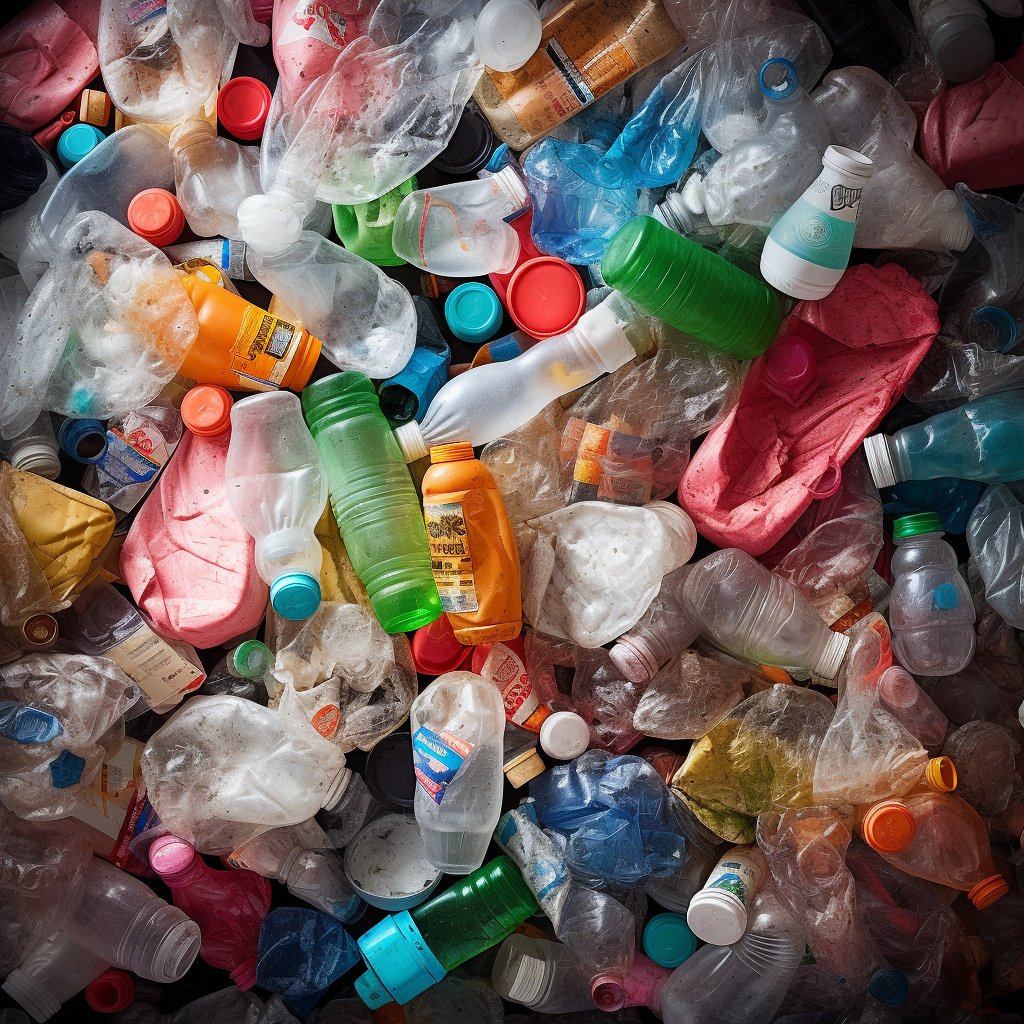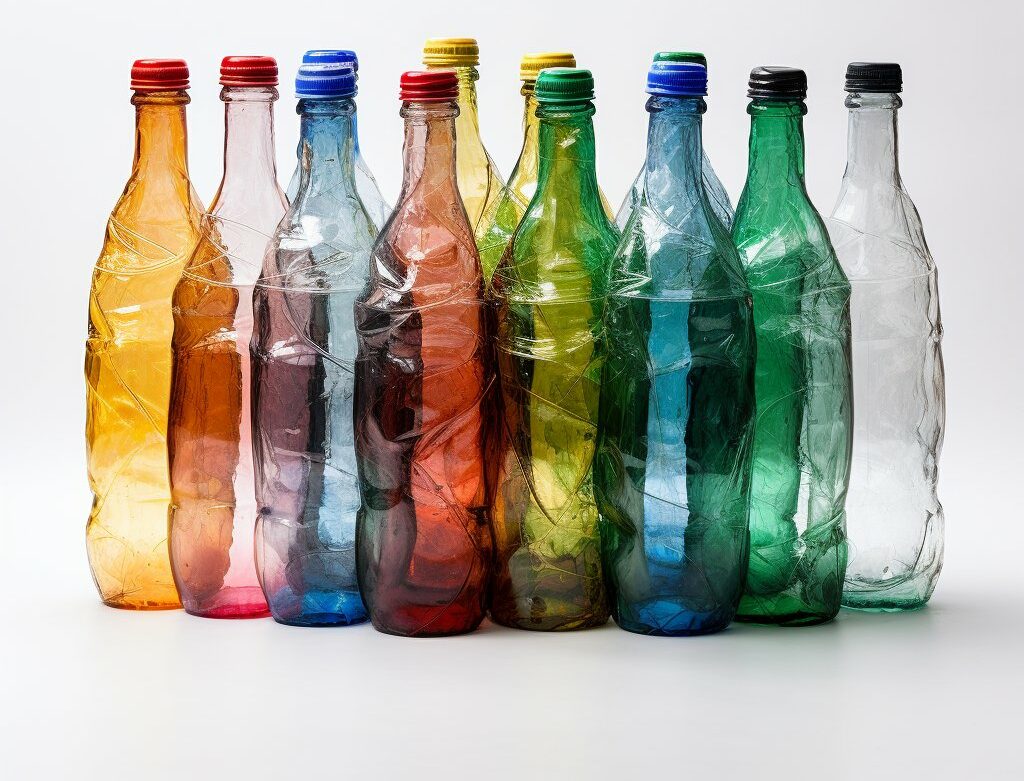Recycling is an essential aspect of sustainability that is gaining traction worldwide. The recycling circular economy is an economic system that aims to minimise waste and maximise the reuse of resources.
As the world population continues to grow and consume, the impact of our production and consumption patterns on the environment has become increasingly apparent. The linear model of take-make-dispose that has dominated our economy for decades is no longer sustainable, and the need for a more circular approach has become urgent. The Recycling Circular Economy offers a solution to this problem, promoting a closed-loop system in which waste materials are continuously reused in the production process.

What is Recycling Circular Economy?
The recycling circular economy is a system that aims to close the loop of resource use and minimise waste. It involves three principles: reduce, reuse and recycle. The circular economy model starts with producing goods using renewable or recycled resources designed to last long, and their repairability and recyclability are considered. After use, the product is collected, repaired, and recycled back into the production process.
Types of Recycling Circular Economy:
There are three main types of recycling circular economy: Closed-Loop Recycling, Open-Loop Recycling, and Integrated Recycling.
- Closed-Loop Recycling: This type of recycling circular economy involves recycling materials within the same industry. For instance, a plastic bottle recycling plant that recycles plastic bottles into new plastic bottles.
- Open-Loop Recycling: This type of recycling circular economy involves recycling materials across different industries. For instance, a plastic bottle recycling plant that recycles plastic bottles into polyester fibres used in clothing.
- Integrated Recycling: This type of recycling circular economy involves recycling materials in a closed-loop system, where materials are recycled within the same industry, and recycled materials are integrated into new products. For instance, a car manufacturer recycles old parts and integrates them into new cars.
Industrial Usage:
The recycling circular economy is becoming increasingly popular in various industries, including plastics. Companies are embracing the recycling circular economy to minimize waste and reduce the environmental impact of their products. Using recycled materials to produce new products has also led to cost savings for companies.
Application Areas:
The recycling circular economy has various application areas, including packaging, construction, electronics, and automotive. In the packaging industry, companies use recycled materials to produce eco-friendly packaging solutions. In construction, companies are using recycled materials to build sustainable buildings. In the electronics industry, companies use recycled materials to produce eco-friendly devices, while in the automotive industry, companies use recycled materials to make eco-friendly cars.
Consumer Product Examples:
The recycling circular economy has led to the production of various eco-friendly products. For instance, companies produce recycled paper and cardboard products, recycled plastic bottles, eco-friendly clothing made from recycled polyester fibres, and recycled electronic devices.
Material Properties:
The properties of recycled materials differ from those of new materials. For instance, recycled plastics may have reduced mechanical properties compared to new plastics. However, recycled materials are more sustainable and cost-effective than new materials. Companies are continually researching ways to improve the properties of recycled materials to make them more attractive to consumers.
Future Trends in Recycling Trends:
The future of the recycling circular economy is bright, with various trends emerging. One of the trends is the use of digital technology to improve recycling. Companies use digital technology to track materials throughout the recycling process, from collection to production. Another trend is the use of biomaterials in production. Companies use biomaterials such as algae, fungi, and bacteria to produce eco-friendly products.
The future market prognosis for the recycling circular economy is promising, with significant growth potential in various industries. The increasing demand for sustainable products and government initiatives promoting sustainable practices are likely to drive the growth of the recycling circular economy. Technological advancements in recycling are expected to improve the quality of recycled materials and make the recycling process more efficient and cost-effective. The market for recycled materials is expected to grow significantly, with some estimates projecting a compound annual growth rate of 5.2% from 2020 to 2027.
Market Price Developments:
The recycling circular economy significantly impacts the market price of recycled materials. The market price of recycled materials is affected by various factors, such as the demand for recycled products, the availability of raw materials, and the cost of production. With the increasing demand for sustainable products, the market price of recycled materials is expected to rise. In addition, technological advancements in the recycling process are likely to reduce the cost of production, making recycled materials more cost-effective.
Global Impact
And how Recycling Circular Economy around the world, including environmental and economical
The recycling circular economy has gained significant attention worldwide, with various countries implementing policies to promote recycling and reduce waste. Let’s take a closer look at the environmental and economic impact of the recycling circular economy in different regions:
Europe:
Europe is at the forefront of the recycling circular economy, with the European Union (EU) implementing several policies to reduce waste and increase recycling. The EU has set a target to recycle at least 55% of all municipal waste by 2030 and is promoting using recycled materials in various industries. The recycling circular economy has contributed to reducing carbon emissions, conserving natural resources, and creating jobs in the recycling industry.
North America:
North America has made progress in implementing the recycling circular economy, with several states and cities introducing policies to reduce waste and increase recycling. The United States has a recycling rate of approximately 35%, with significant variations between states. The recycling circular economy has contributed to reducing landfill waste, conserving natural resources, and creating jobs in the recycling industry.
Asia:
Asia is the largest waste producer globally and faces significant challenges in implementing the recycling circular economy. Several countries in the region have introduced policies to promote recycling and reduce waste, but infrastructure and lack of awareness still need to be addressed. The recycling circular economy can potentially reduce the environmental impact of waste disposal and create jobs in the recycling industry.
Africa:
Africa faces significant challenges in implementing the recycling circular economy due to inadequate infrastructure, limited technological access, and lack of awareness. However, several countries in the region have introduced policies to promote recycling and reduce waste. The recycling circular economy could reduce the environmental impact of waste disposal and create jobs in the recycling industry.
Economic Impact:
The recycling circular economy has significant economic benefits, including job creation, reduced waste disposal costs, and increased production efficiency. The recycling industry provides employment opportunities, and using recycled materials can reduce company production costs. In addition, the recycling circular economy can contribute to the growth of local economies by promoting sustainable practices and reducing the dependence on imports of raw materials.
Environmental Impact:
The recycling circular economy significantly impacts the environment, including reducing waste, conserving natural resources, and reducing carbon emissions. By reducing waste, the recycling circular economy minimises the amount of waste disposed of in landfills, reducing greenhouse gas emissions. The recycling circular economy also conserves natural resources by reducing the need for virgin materials and conserving energy in production.
The recycling economy:
The recycling circular economy is an economic system that aims to minimize waste and maximize the reuse of resources. The types of recycling circular economy include Closed-Loop Recycling, Open-Loop Recycling, and Integrated Recycling. It has various applications in different industries, including packaging, construction, electronics, and automotive. The recycling circular economy has led to producing various eco-friendly products and helped companies reduce their environmental impact while saving costs.
Despite the progress made, there is still much room for improvement. Companies must continue to research ways to improve the properties of recycled materials and optimize the recycling process to make it more efficient and cost-effective. It is also essential to educate the public on the importance of recycling and to encourage them to adopt more sustainable habits.
The Recycling Circular Economy represents a significant opportunity to create a more sustainable and prosperous future for all. By rethinking our approach to consumption and production, we can reduce waste, conserve resources, and mitigate the environmental impact of our activities. From industrial applications to consumer products, the Recycling Circular Economy has the potential to transform the way we produce and consume goods, leading to economic benefits and a healthier planet. We hope this article has provided valuable insights into the different aspects of the Recycling Circular Economy and inspired you to take action towards a more sustainable future.






